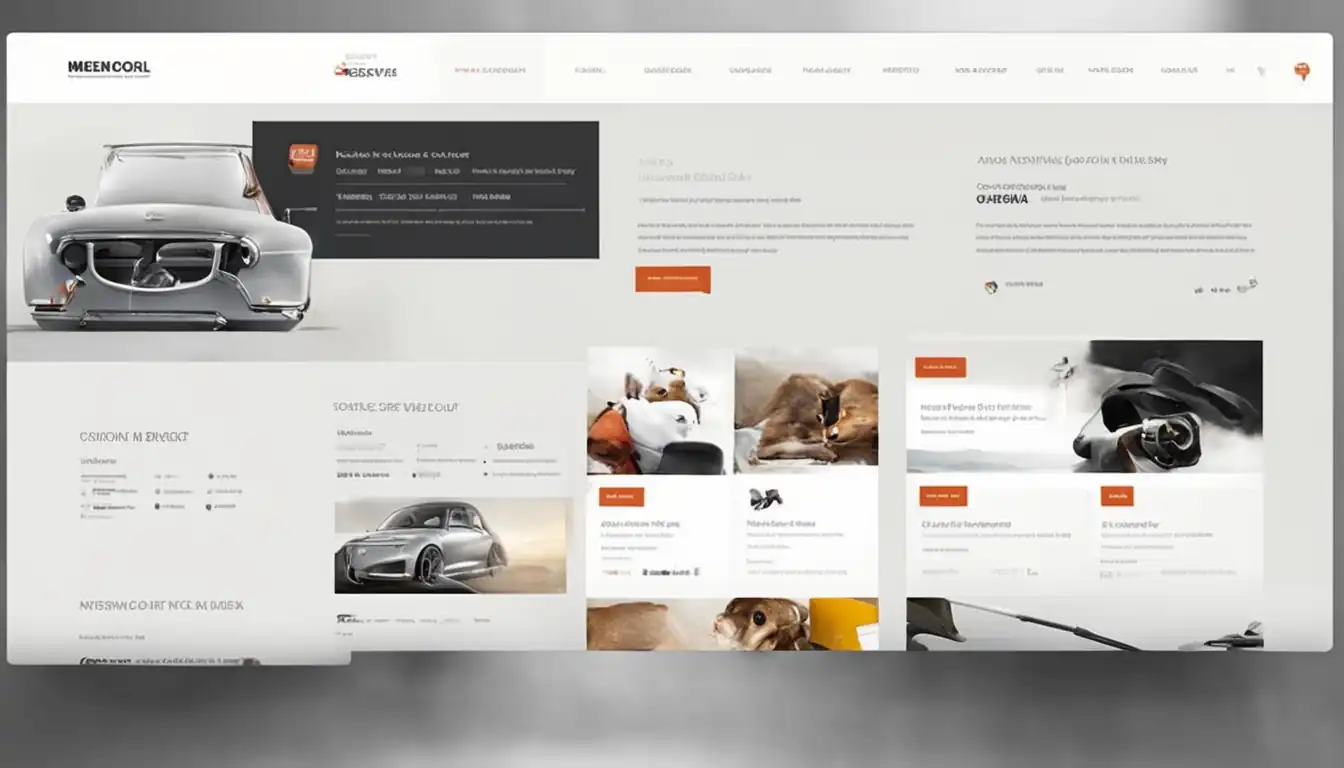Crafting SEO-Friendly Meta Tags

Crafting SEO-friendly meta tags is a crucial aspect of optimizing your website for search engines. In today's digital age, understanding the role and components of meta tags can make a significant impact on your site's visibility and ranking. By mastering the art of creating effective title tags and compelling meta descriptions, you can enhance your SEO strategy and attract more organic traffic to your website.
Understanding Meta Tags in the Digital Age
Meta tags are snippets of text that describe a page's content. They are placed in the HTML code of a webpage and are not visible on the actual page itself. Meta tags provide information about the webpage to search engines and website visitors.
What are Meta Tags
Meta tags can include various elements such as meta titles, meta descriptions, and meta keywords.
- Meta Title: This is the title of the webpage that appears on search engine results pages (SERPs).
- Meta Description: This is a brief summary of the webpage's content that also appears on SERPs.
- Meta Keywords: These are specific words or phrases related to the content of the webpage.
The Role of Meta Tags in SEO
Meta tags play a crucial role in SEO by helping search engines understand what a webpage is about and how it should be indexed.
Properly crafted meta tags can improve a webpage's visibility in search engine results and attract more organic traffic.
In addition to improving SEO, meta tags also enhance user experience by providing concise and relevant information about a webpage before users click on it.
Key Components of Effective Meta Tags

Meta tags are an essential part of on-page SEO optimization. They provide search engines with crucial information about your website's content, helping them understand what your pages are about and how they should be ranked in search results. Crafting effective meta tags can significantly impact your website's visibility and click-through rates. Here are the key components you need to focus on when creating SEO-friendly meta tags:
Title Tag Mastery
The title tag is perhaps the most critical meta tag for SEO. It serves as the headline for your webpage in search engine results and is the first thing users see when deciding whether to click on your link. To master title tags, follow these best practices:
- Keep it under 60 characters to ensure it displays fully in search results.
- Include relevant keywords at the beginning of the title.
- Make it compelling and engaging to entice users to click.
Remember, your title tag should accurately reflect the content of the page while also appealing to users' interests.
Crafting Compelling Meta Descriptions
While meta descriptions do not directly impact rankings, they play a crucial role in attracting clicks from search engine users. A well-crafted meta description can improve your click-through rate and drive more traffic to your website. Here's how you can craft compelling meta descriptions:
- Keep it under 160 characters to prevent truncation in search results.
- Include relevant keywords naturally within the description.
- Write a concise and informative summary that entices users to learn more.
By following these guidelines, you can create meta descriptions that not only inform users about your content but also encourage them to visit your website.
In conclusion, mastering title tags and crafting compelling meta descriptions are essential components of effective meta tags for SEO. By optimizing these elements, you can improve your website's visibility in search results and attract more organic traffic.
Best Practices for Creating SEO-Friendly Title Tags
Length and Relevance
When crafting SEO-friendly title tags, it is crucial to keep them within the recommended length of 50-60 characters. This ensures that the entire title is displayed in search engine results without being cut off. Additionally, make sure that the title tag accurately reflects the content of the page to improve click-through rates and user engagement.
Using Target Keywords Wisely
Incorporating target keywords into your title tags is essential for optimizing them for search engines. However, it is important to use keywords strategically and naturally within the title tag. Avoid keyword stuffing, as this can have a negative impact on your SEO efforts. Instead, focus on including relevant keywords that accurately describe the content of the page.
Remember, title tags play a significant role in determining your website's visibility in search engine results. By following these best practices for creating SEO-friendly title tags, you can improve your website's search engine rankings and attract more organic traffic.
Strategies for Writing Impactful Meta Descriptions
Encouraging Clicks with Actionable Language
Crafting meta descriptions that include actionable language can significantly increase the likelihood of users clicking through to your website. Use strong verbs and compelling calls-to-action to entice users to learn more about your content.
Balancing Keyword Use and Readability
While it's important to include relevant keywords in your meta descriptions for SEO purposes, it's equally crucial to ensure that the text remains readable and engaging. Avoid keyword stuffing and focus on creating a concise, informative description that accurately represents the content on your page.
Advanced Tips for Optimizing Your Meta Tags

Leveraging Branding in Meta Tags
When crafting SEO-friendly meta tags, it is crucial to leverage your branding effectively. Incorporating your brand name in the title tag can help increase brand recognition and improve click-through rates. Additionally, using branded keywords in the meta description can further reinforce your brand identity and attract relevant traffic to your website.
Key Points:
- Include your brand name in the title tag
- Use branded keywords in the meta description
- Reinforce brand identity and attract relevant traffic
Avoiding Common Pitfalls in Tag Creation
While optimizing meta tags, it is important to avoid common pitfalls that can negatively impact your SEO efforts. One common mistake is stuffing keywords unnaturally into the meta tags, which can result in penalties from search engines. Another pitfall to avoid is using duplicate meta tags across multiple pages on your website, as this can confuse search engines and dilute the effectiveness of your optimization efforts.
Key Points:
- Avoid keyword stuffing in meta tags
- Do not use duplicate meta tags across multiple pages
- Maintain unique and relevant meta tags for each page
Conclusion
In conclusion, by implementing best practices for creating SEO-friendly meta tags, you can improve your site's visibility in search engine results pages. Remember to focus on relevancy, keyword usage, and crafting engaging content that encourages clicks. With these strategies in mind, you can optimize your meta tags to drive more traffic to your website and ultimately improve your overall SEO performance.